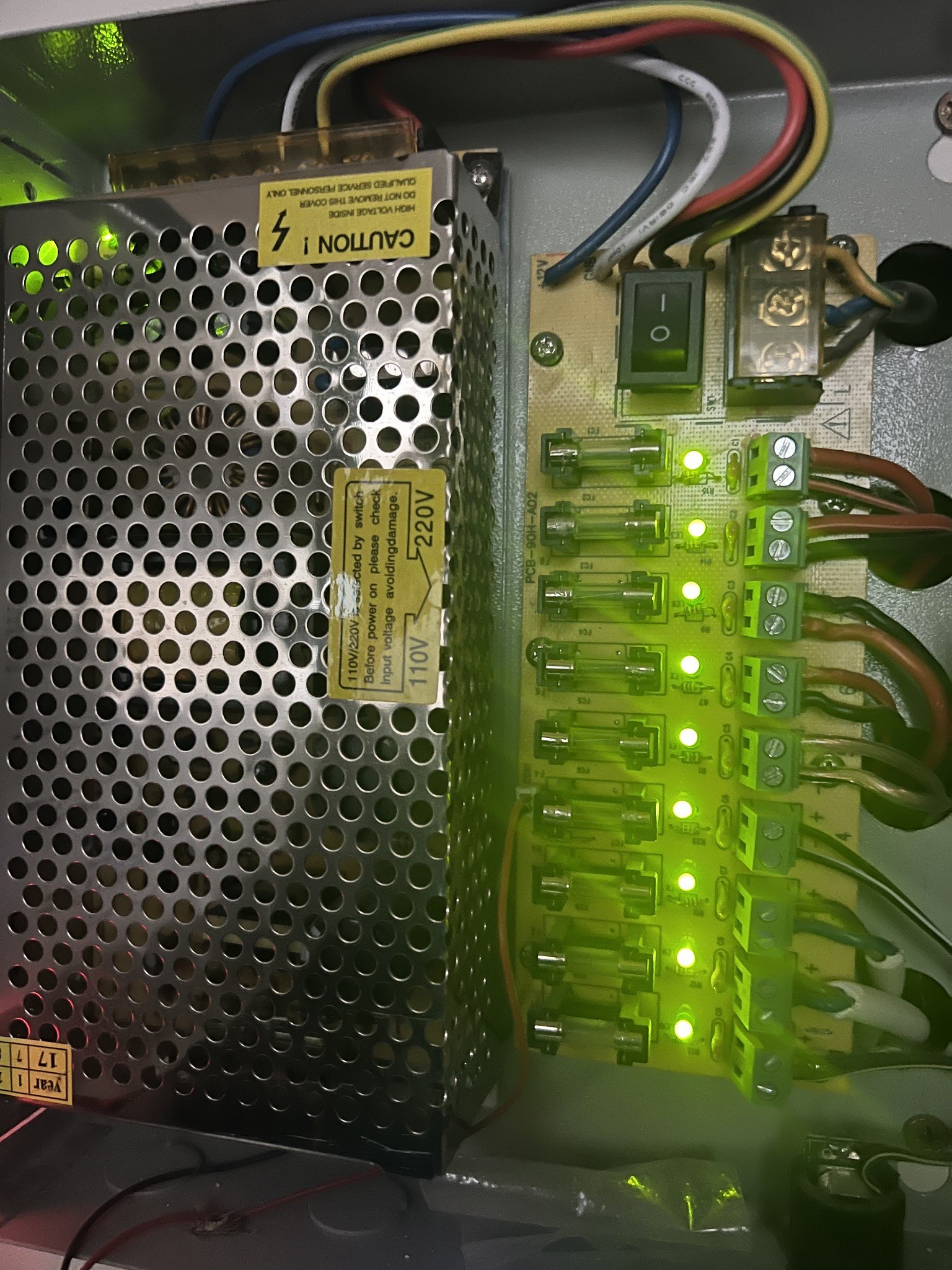lxsw20:For our new build I'm doing the CAT6 runs myself same with TV coax. I've got a S/H 6U rack which will be fine for my needs.
In wall HDMI from the TV to the credenza I'll do myself too.
We get 25 plugs with our build, so I've basically done it so they are spread around to spots where a second plug will be handy back to back for my partners father (electrician) to install. Not going USB plugs, as others have said they can be a bit average.
Our plug/switch range is PDL Iconic. We're just getting standard switches done for now, but at a later date I can put the zigbee switches in that they sell. I've asked for the downlights to be dimmable, even if we don't have dimmable switching for now, its easy to just change the switch over later.
We don't have an electric car at this stage, but I've asked for a 6mm cable to run to a standard 15A plug at the front of the garage. Once we get a car, we can change out the plug and put a dedicated charger there.
While there are a lot of good ideas in this thread, remember this all adds up so only do stuff if you can see a use for it now/in the future.
I get why you are sticking by the basic electrical package but do yourself a favour and pay the variation for extra outlets in the kitchen. You can make the rest functional with extension cords etc but a lack of outlets in a kitchen is a killer.




